Summary
- Traditional desk ergonomics don’t always work for everyone.
- Moving a wireless keyboard to your lap can improve comfort and help prevent wrist, shoulder, and back pain.
- Using a keyboard on your lap can boost productivity by cutting down on mouse reliance and encouraging efficient hotkey-driven workflows.
Two of my four mechanical keyboards support wireless. I usually keep them plugged in and at my desk, but I eventually realized I hadn’t really explored their wireless potential. So, I decided to move one onto my lap—and it felt just right.
Traditional Desk Ergonomics Don’t Always Work
I won’t dive into the whole debate about whether sitting with your hips at a perfect 90-degree angle is the correct and healthiest posture. What I do know is that I feel better when I change my sitting positions throughout the day.
Sometimes that means reclining slightly while keeping my arms on the desk; other times, it means lifting my legs and resting them on the desk to promote blood flow. Interestingly, a research paper using MRI scans has shown that these small changes in posture can significantly alter spinal alignment and can potentially reduce or prevent back pain.
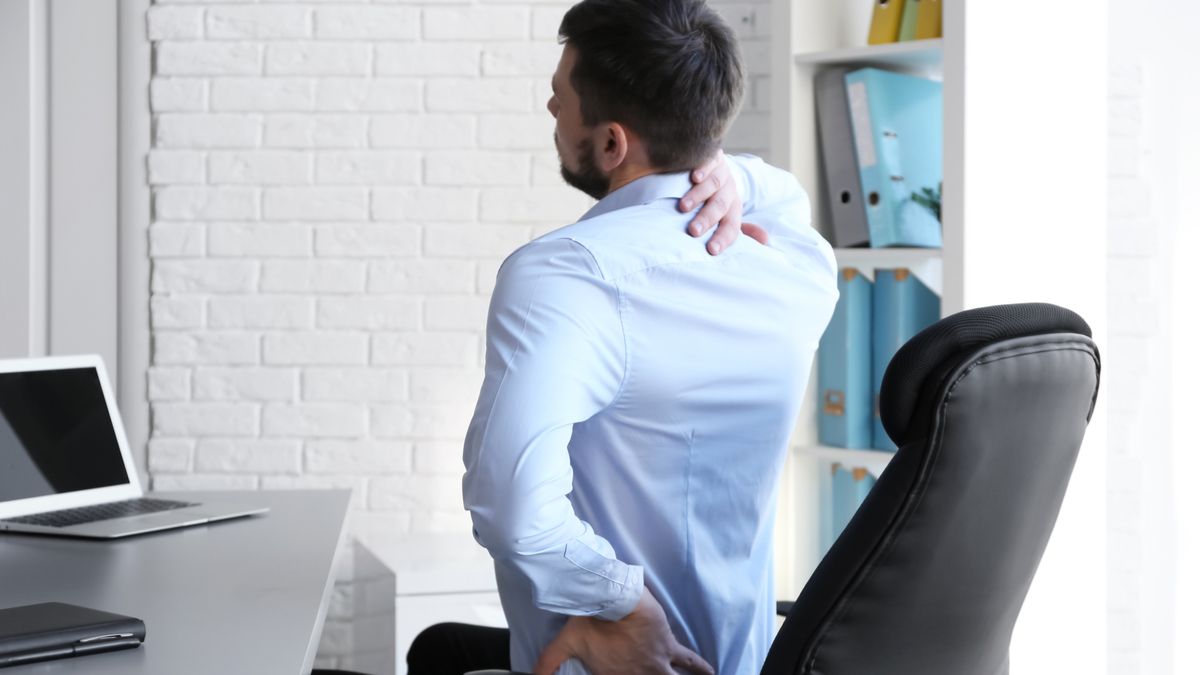
Related
6 Posture Mistakes to Avoid When Sitting at Your Desk
Doing any of these can lead to problems down the road.
Unfortunately, I don’t have a standing desk or an ergonomic chair, so my options are fairly limited with this $60 office chair. Even my wrists start to ache if I stay in one position too long, with my arms resting on the desk and elbows propped on the chair’s armrests. This setup tends to encourage slouching and rounded shoulders, locking me into a posture that’s far from ideal.
When I lift my legs up onto my desk (the position I find the most comfortable), I often bend awkwardly to reach the keyboard. This shrimp-like sideways slouch has contributed to ongoing issues with my left shoulder blade, which I’ve been trying to fix for years at the gym.
That, along with my recent article about using devices wired, is what led to my discovery: moving my wireless mechanical keyboard onto my lap. This trick has unlocked a few extra seating positions that are significantly more comfortable for my wrists, arms, legs, back, and, most importantly, shoulders.
This Setup Is Even Better Than a Laptop
Until I recently got into the mechanical keyboard hobby, I only owned an older version of the full-size Corsair K70 keyboard. It’s rather bulky, heavy, and wired, so moving it into my lap wasn’t really an option with its sharp aluminum edges (the new version fixes this).
This all changed when I upgraded to the Ajazz AK820 Pro, which has a 75% layout and is made of plastic. It’s significantly lighter and more compact than the K70. It also just happens to be wireless—the real reason I picked it over the AK820 non-pro was actually the screen.
Other than pairing it with my laptop when working remotely for more than a day, I didn’t really see much reason to use it wirelessly. Placing it on my lap didn’t even occur to me as a use case. It’s somewhat ironic, considering that’s exactly how most of us use laptops in the first place.
But once I tried it, I immediately noticed how much more comfortable it felt. In fact, it’s even better than using a laptop because the keyboard is light, small, portable, and doesn’t heat up like the bottom of a laptop.
I could finally stop reaching forward for the keyboard at my desk and instead keep my arms and shoulders in a relaxed, natural position. My wrists are also in a more neutral position, which could help prevent carpal tunnel syndrome. At the very least, I no longer feel wrist strain.
Of course, I get the most benefit when I combine this with my favorite sitting position—legs up on the desk, chair reclined. With my monitor arm, I can easily adjust the monitor angle so it’s always right in front of me. It’s like the poor man’s version of a reclined workstation.
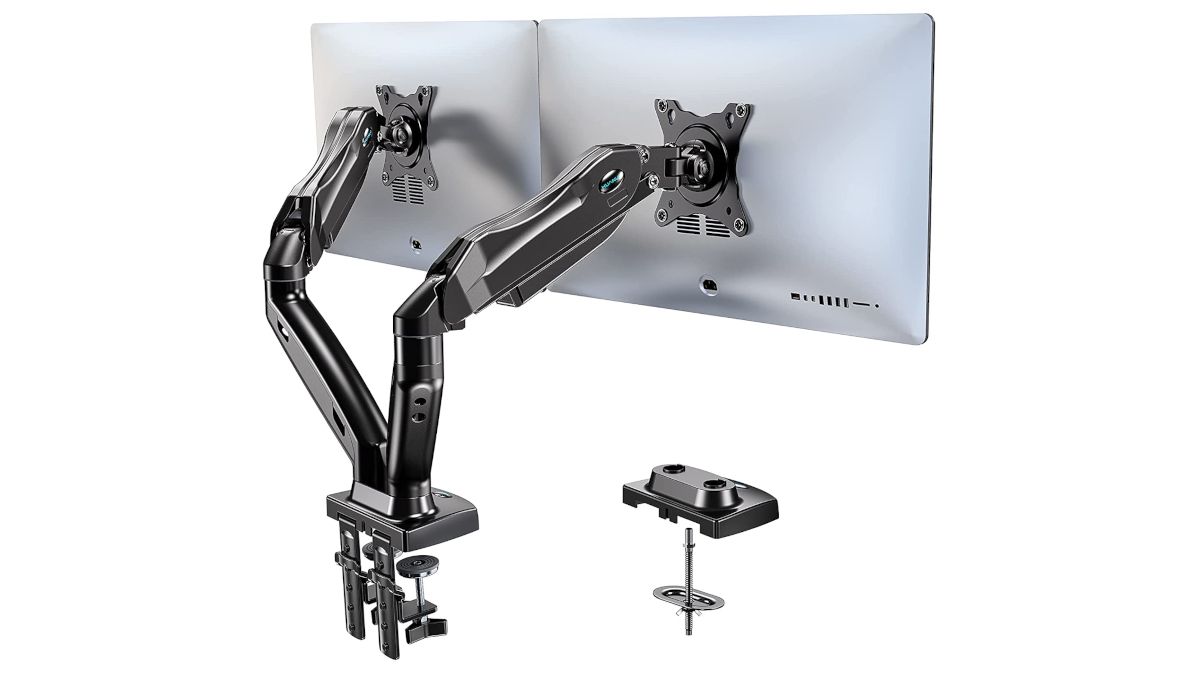
Related
7 Reasons You Should Upgrade Your Monitor Stand
These stands will deliver.
I Rarely Reach for My Mouse
Okay, so a laptop has a trackpad, which makes for a solid mouse substitute when you’re using it in your lap. But unless you’re using something like the Mokibo Fusion Keyboard, keyboards (including mine) don’t come with a built-in touchpad.
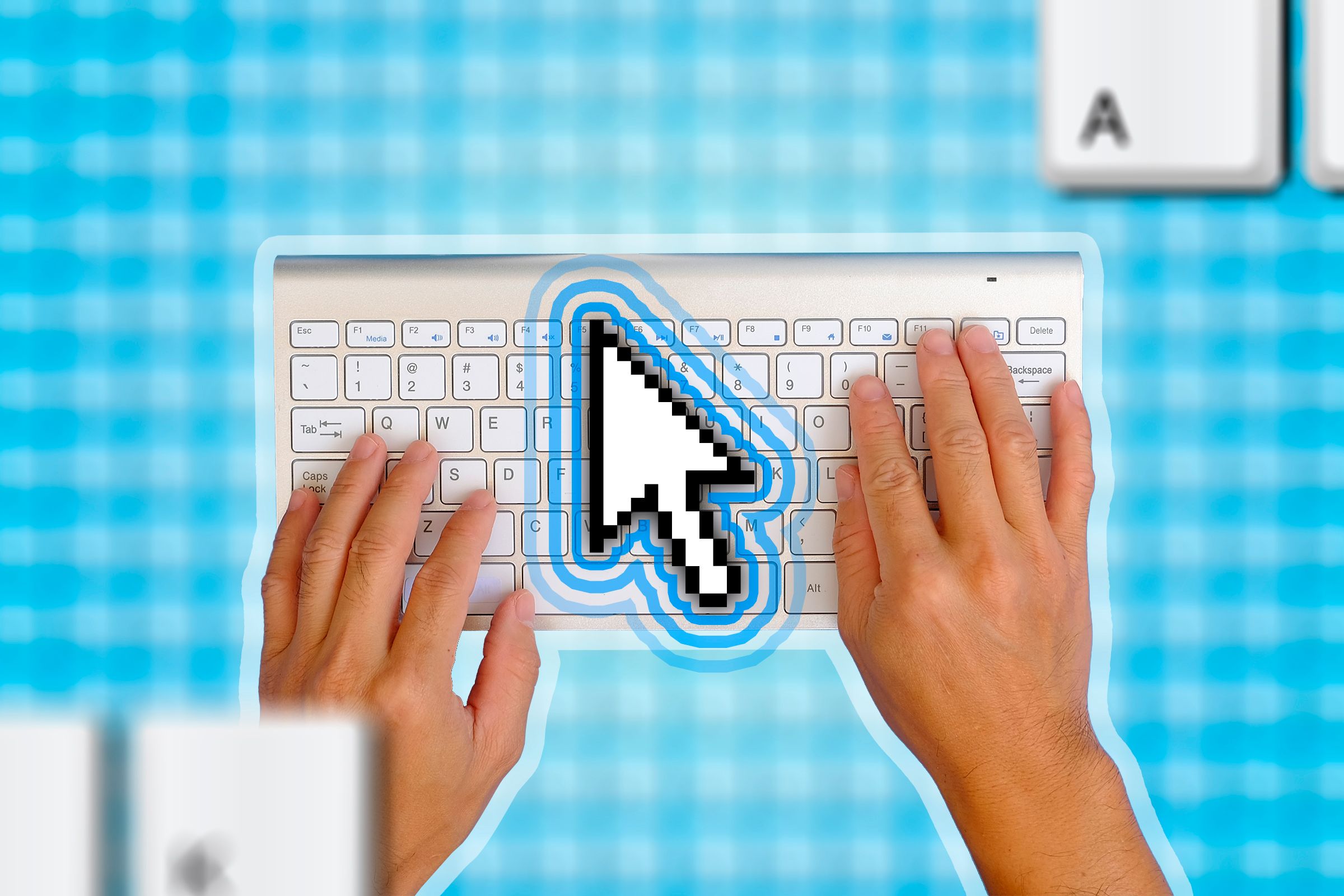
Related
How to Use the Cursor With Your Keyboard
Writers and coders, this one’s for you.
While I can still use my mouse when needed (it’s never far out of reach), I try to avoid it because it slows me down. Sure, we’re talking fractions of a second, but those add up. More importantly, it’s less fatiguing.
Instead of clicking around the browser, I rely on Chrome’s built-in shortcuts and standard text-editing hotkeys to move around quickly and efficiently. I’m still learning some of them, but even now, I can tell that forcing myself to adapt, just by moving my keyboard to my lap, has already improved my productivity.
It’s a Small Change That Made a Big Difference
I know that this sounds like such a non-issue to some, but as someone who spends eight to ten hours seated at my desk, I need to do everything I can to take care of my physical health. If you’ve experienced back, shoulder, or wrist pain, I strongly encourage you to try moving your keyboard to your lap to see how it feels.
The good news is that while a wireless keyboard can make this easier and more convenient, you can still technically do it with a wired keyboard, especially with a coiled cable.
Anchor one end of the coiled cable to the underside of your desk. Once it’s secured, you can pull the keyboard away from the desk, and the cable will stretch with it. When you’re done and return the keyboard to the desk, the cable won’t get tangled—it’ll simply recoil back to its original position. My cable isn’t secured to the desk, but here’s a quick photo to give you an idea of what your setup could look like.
Moving my keyboard to my lap was one of the best ideas I’ve had all year. It’s not a cure-all for all the aches and pains of desk work and all the long-term health issues that can stem from it, but it’s made a noticeable improvement in my daily comfort. I strongly encourage you to try it—you’ll be surprised by the difference it can make.


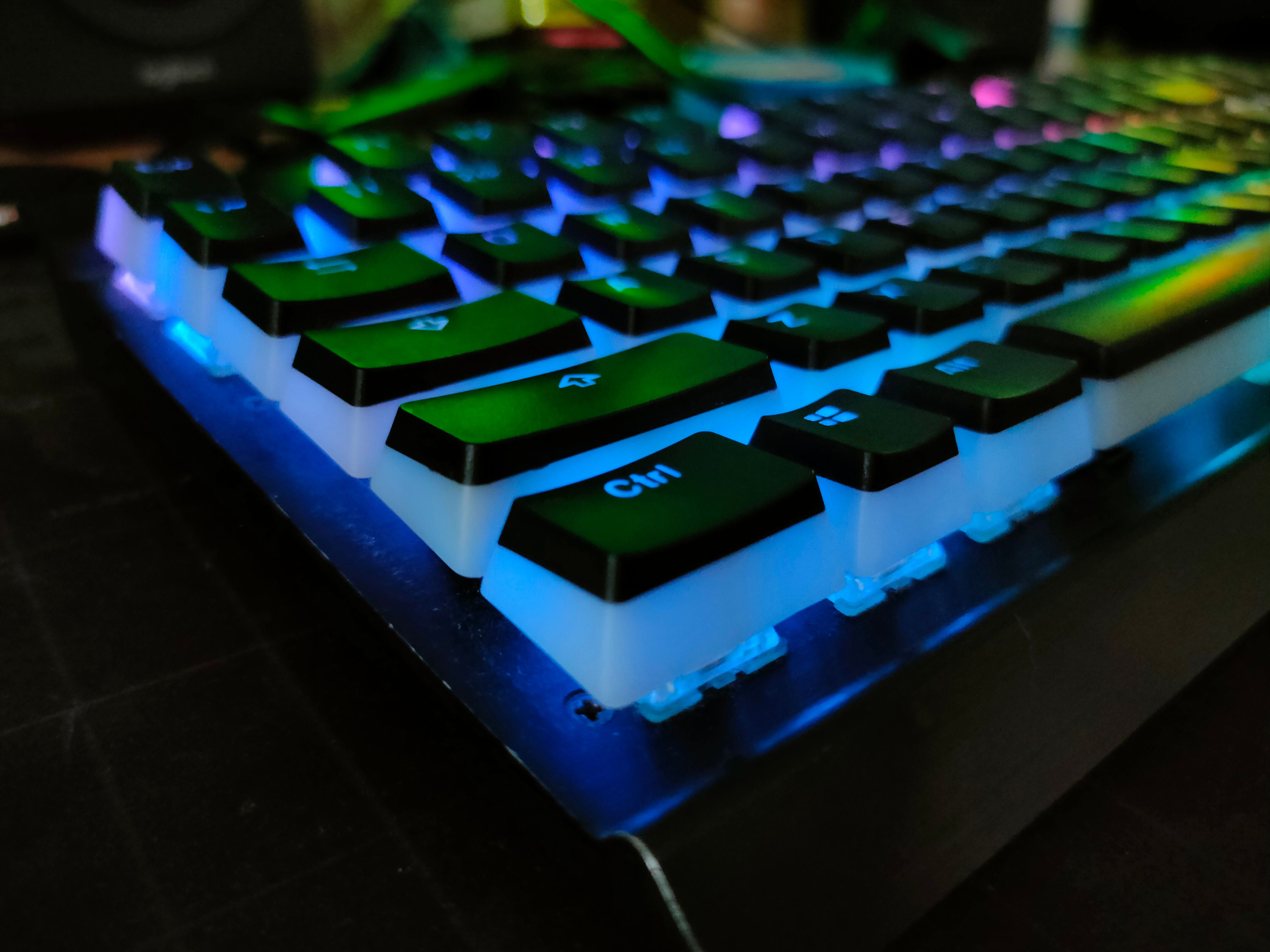
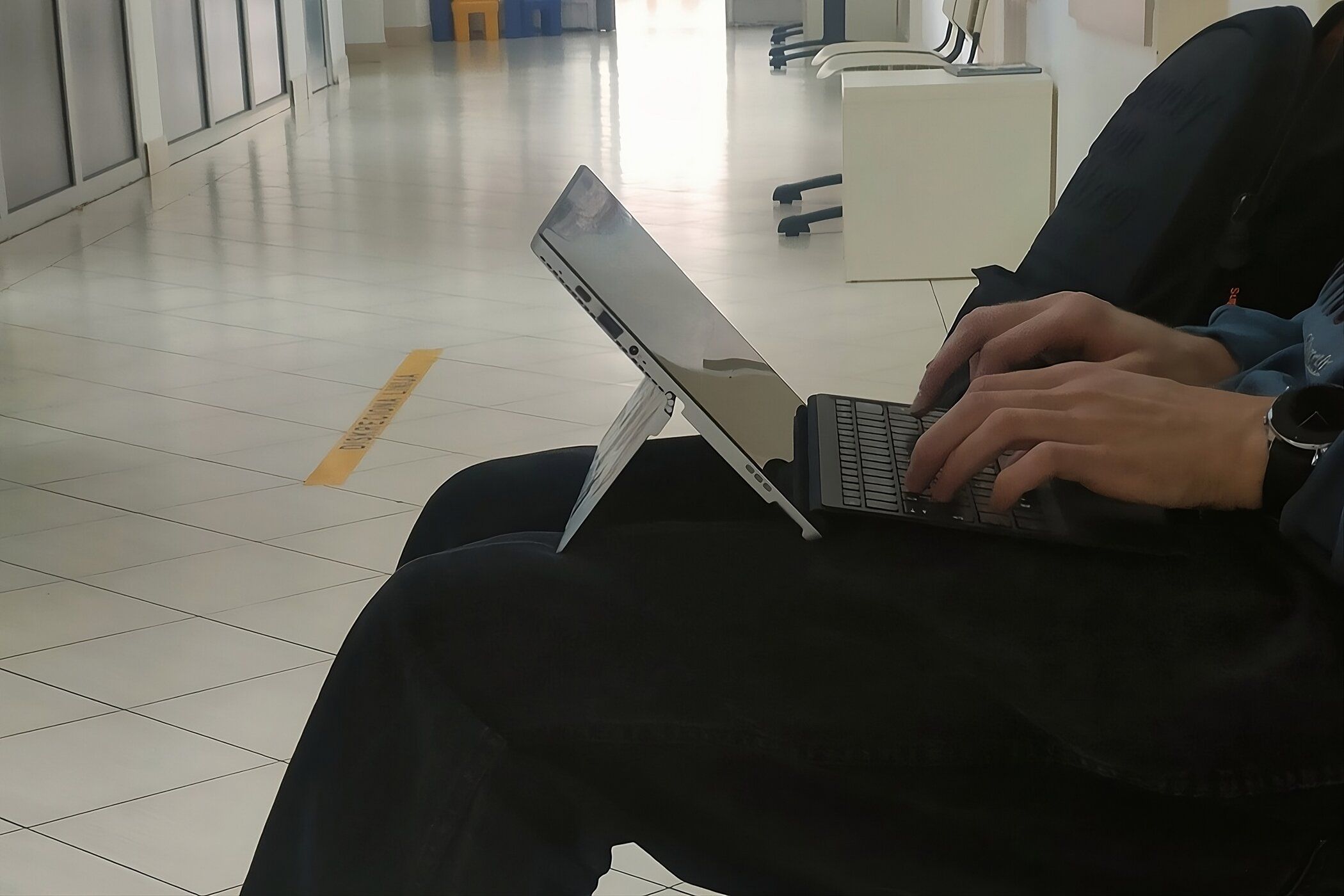
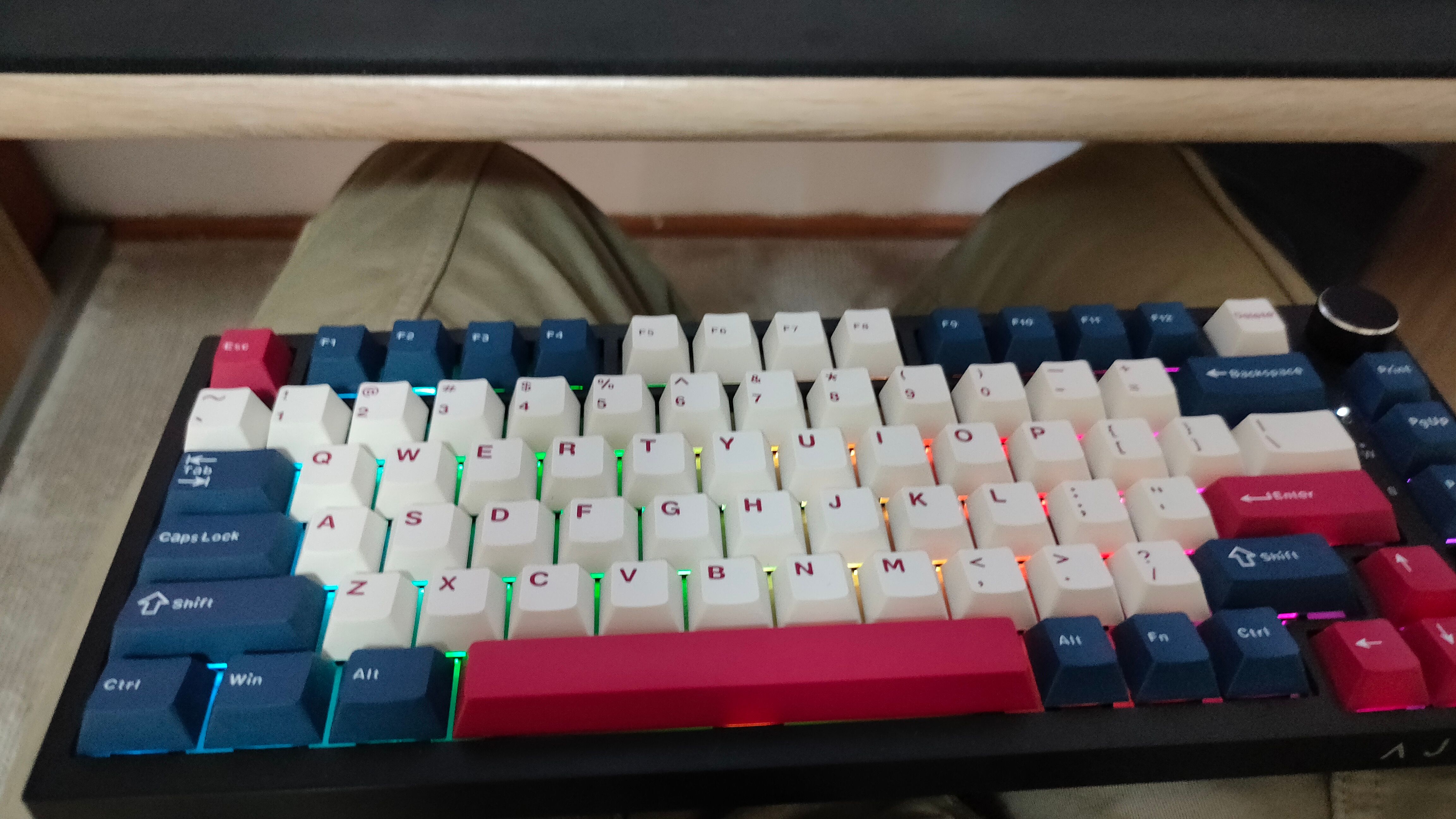
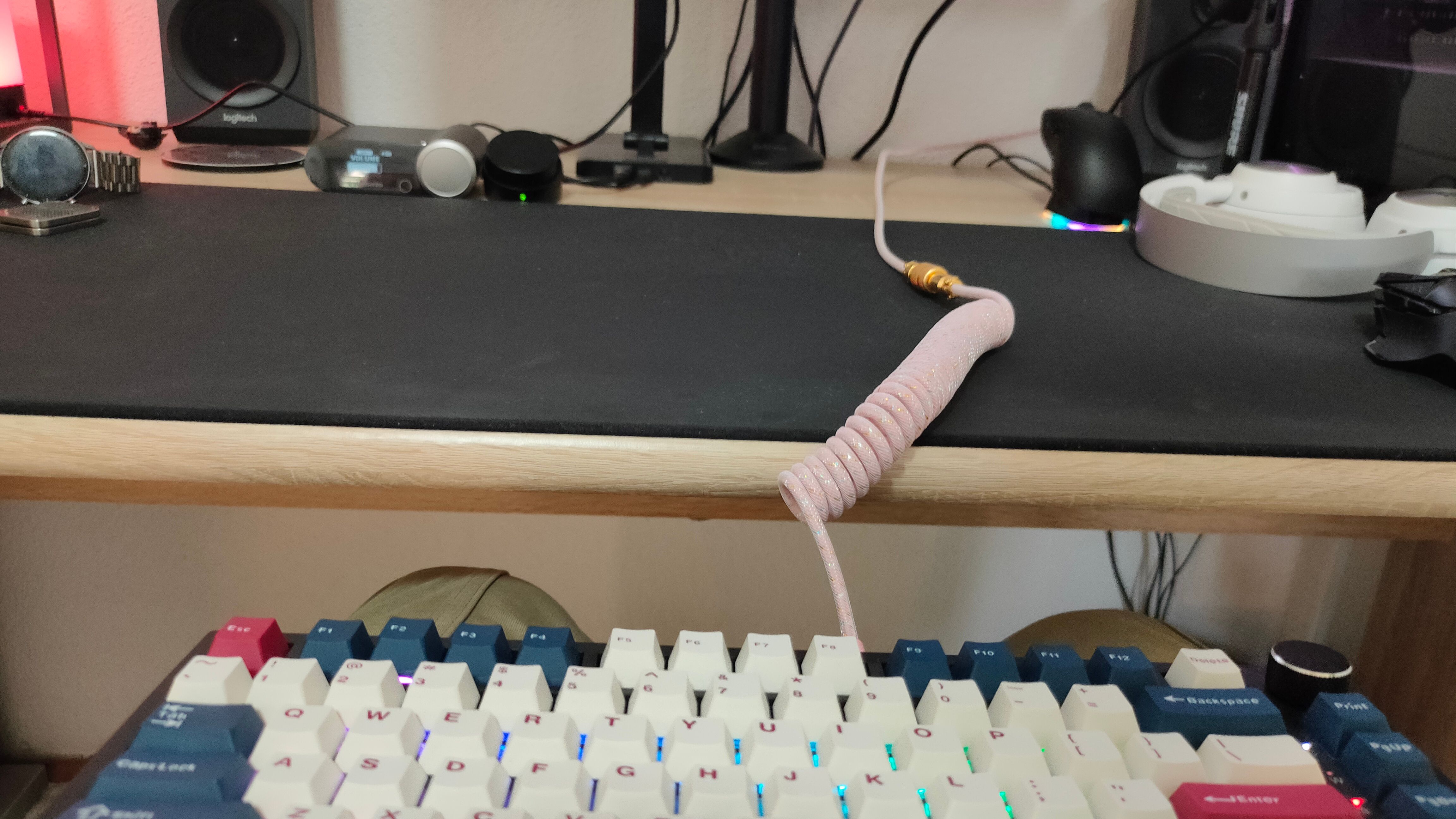


:max_bytes(150000):strip_icc()/usbfeat-5c51f6e546e0fb00014c3a5d.jpg?w=1174&resize=1174,862&ssl=1)

:max_bytes(150000):strip_icc()/roku-tv-home-03dd537a373743748a21dbaf50932c53.png?w=1174&resize=1174,862&ssl=1)
Leave a Comment
Your email address will not be published. Required fields are marked *